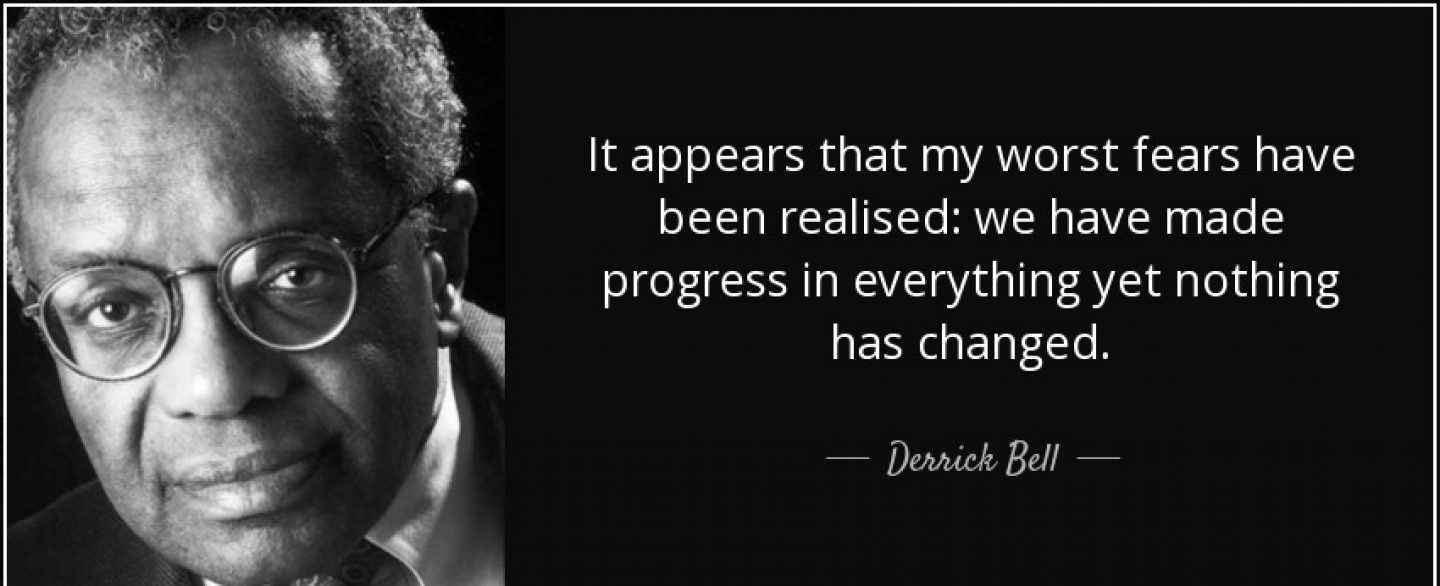Eduardo Bonilla-Silva’s groundbreaking book “Racism Without Racists” analyzes the complex workings of modern racism in the US, with a special emphasis on the issue of color-blind racism. The book’s first three chapters introduce major ideas and themes that show how racism was endured in society in spite of denials of colorblindness.
The idea of “color-blind racism,” in which people claim not to recognize race or think racism is a thing of the past, is the main subject that emerges from the early chapters (Bonilla-Silva, 2003). According to Bonilla-Silva, this type of racism is pervasive in American culture and feeds into racial inequality by downplaying the structural obstacles that racial minorities must overcome. Colorblind views are a defense for many White Americans against admitting their privilege and the systemic racism that supports social injustices.
“Abstract liberalism” is one of the main elements of color-blind racism that Bonilla-Silva has highlighted (Bonilla-Silva, 2003). This ideology uses concepts like individuality, meritocracy, and equal opportunity to frame conversations on race. By making use of these ideas, people explain racial inequity by blaming individual decisions rather than institutionalized discrimination. Arguments against affirmative action, for instance, frequently point to impersonal liberal ideals and state that giving minority preference over other groups is “reverse discrimination.”
Another major issue that is examined in the early chapters is the normalization of racial inequality (Bonilla-Silva, 2003). This includes downplaying the significance of institutional discrimination and instead attributing racial discrepancies to inherent or cultural differences. Preconceived notions about people of color and stories about the “culture of poverty” are employed to uphold the status quo and defend current social structures. Racial hierarchies are maintained by obscuring the systematic foundation of racism and portraying inequity as the product of personal or cultural failings.
In each chapter, Bonilla-Silva presents real-world instances of colorblind racism in a range of settings, such as housing, the workplace, and education (Bonilla-Silva, 2003). These instances show how laws and practices that seem to be racially neutral really harm minority populations and maintain racial inequity. For example, despite the existence of anti-discrimination laws, studies show patterns of discrimination in housing and employment. Because of discriminatory behaviors and legislation, racial minorities still face obstacles when trying to access high-quality housing and education.
To sum up, chapters 1-3 of “Racism Without Racists” provide a thorough examination of the methods that colorblind racism functions in modern American culture. Through her analysis of ideas like abstract liberalism, color-blind ideology, and the normalization of racial inequality, Bonilla-Silva offers important insights into why racism still exists in spite of color-blindness claims. These chapters’ examples highlight how critical it is to address systematic racism and seek to implement long-lasting structural change.

I think the concept of color-blind racism is so interesting because it is central to critical race theory and understanding how racism is perceived in the United States, specifically in the eyes of white conservatives. Colorblind racism is a way for white Americans to deny the privileges afforded to them by the color of their skin as well as denial of the systems in place that perpetuate racial injustices faced by minorities. It is so interesting how afraid so many people are of being labeled racist. Yet, it is the indifference towards other races or their predisposition to attributing specific characteristics to race that indeed reveals their feelings towards people of different races, specifically the black population. The concept of the social constructionist view caught my attention the most in the chapter. Where by failing to highlight the social dynamics that produce racial differences as they relate to academic achievement and crime, among others, there is a reinforcement of the racial order that continues to hurt people of color who are continuously disenfranchised by systems put in place by white people. I like how you give examples of how color-blind racism looks in the real world in terms of housing, the workplace, and education. Looking outside the classroom, we can see disparities in funding and achievement in city schools compared to suburban schools. The former educates more students of color, and the latter educates more middle-class white students. There is inequality in the laws and systems of racial justice. Looking at the Prison Industrial Complex (PIC), we can see that a lot of minorities, specifically black and Latino people, are more likely to be affected by drug and sentencing laws. They make up high percentages of the prison population, which can then affect their families and life after prison. Sometimes, people choose to be “color-blind” in an attempt to shield themselves from the injustices built into the system.
In contrast, others believe that people of color find themselves in these disadvantaged situations simply because they do not work as hard or lack a certain work ethic. Lastly, I thought it was interesting how Bonilla-Silva distinguished between the overt racism of the past with Jim Crow and the covert racism of the present with color-blind racism. You can wrap it up differently, but at the end of the day, what’s inside stays the same, and the system is entirely against the advancement of equality based on race.
Emma,you are spot-on in your comments. I’m pleased that you “get it.” When we talk about social construction, some people get confused because there ARE racial differences in culture and social class. It is hard to imagine that there are systems in place to make sure that Blacks and Browns have limited access to opportunities. As long as whiteness remains a possession, it may become impossible to dislodge it.